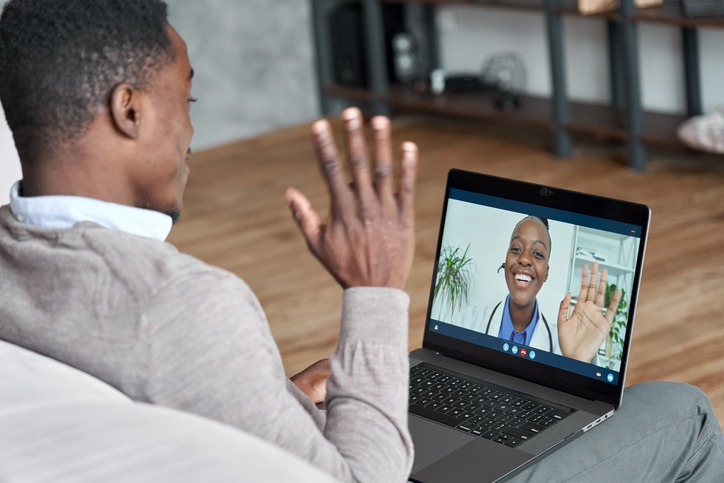As we age, the desire to maintain independence while ensuring safety and well-being becomes increasingly important. Advancements in technology have paved the way for innovative solutions that empower older adults to age in place comfortably and securely. From smart home devices to wearable health monitors and telehealth services, these tools offer invaluable support in monitoring health, staying connected with caregivers, and accessing medical assistance remotely. However, alongside these benefits, concerns about privacy invasion may arise.
The Promise of Technology: Enhancing Independence and Safety
Smart home devices, such as motion sensors, smart locks, and video doorbells, can help older adults maintain independence by automating tasks and enhancing home security. These devices enable remote monitoring of the home environment, allowing caregivers to check in and respond to emergencies promptly.
Wearable health monitors, including fitness trackers and medical alert systems, provide real-time data on vital signs and activity levels, offering peace of mind to both seniors and their caregivers. These devices can detect falls, track medication adherence, and even alert emergency services in case of a medical emergency. Such devices may ease the concerns of adult children who advocate for their parents to move in with them or at least live closer while at the same time the older adults prefer to remain in their familiar communities.
Telehealth services have revolutionized healthcare delivery by enabling remote consultations with healthcare providers. Through video calls and secure messaging platforms, older adults can access medical advice, receive prescriptions, and monitor chronic conditions from the comfort of home.
Addressing Privacy Concerns: Striking the Right Balance
While the benefits of technology for aging in place are undeniable, concerns about privacy invasion are valid and should be addressed proactively. Here are some strategies for safeguarding privacy while leveraging technology:
- Educate and Empower: Provide older adults with information about how each technology works, what data is collected, and how it is used. Empower them to make informed decisions about which devices to incorporate into their daily lives.
- Opt for Privacy-Enhancing Features: Look for devices and services that prioritize privacy by employing encryption, secure data storage, and user-controlled settings. Choose products from reputable manufacturers with transparent privacy policies.
- Limit Data Sharing: Encourage older adults to review and adjust privacy settings to limit data sharing and minimize the collection of unnecessary personal information. Consider opting out of data-sharing agreements with third parties whenever possible.
- Secure Connectivity: Ensure that smart home devices and telehealth services are connected to secure networks with strong passwords and up-to-date security protocols. Regularly update firmware and software to patch security vulnerabilities.
- Respect Individual Preferences: Recognize that privacy preferences may vary among older adults. Respect their right to privacy by allowing them to opt out of certain features or devices if they feel uncomfortable.
Embracing Technology with Confidence
Technology offers tremendous potential to enhance the lives of older adults by supporting aging in place and promoting independence. By addressing concerns about privacy invasion through education, privacy-enhancing features, and individualized preferences, older adults can embrace technology with confidence, knowing that their privacy is respected and protected. Let’s embrace the possibilities that technology brings while safeguarding the privacy and dignity of older adults as they age in place.






Add Your Voice
0 Comments
Join the Discussion